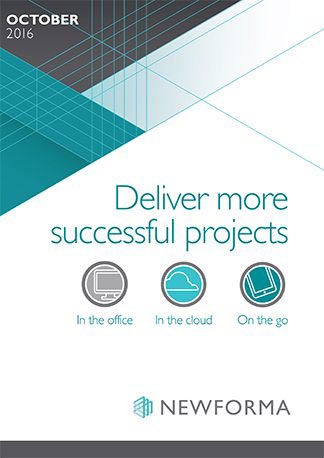Technology can be utilised to overcome numerous difficulties facing teams. This paper from Newforma examines the challenges as well as the benefits
Newforma recently commissioned a survey, conducted by Vanson Bourne, to understand the impact of technology adoption on the processes and operations of UK AEC firms. The findings highlight the increasing use of technology and devices within project environments to support project development, design and collaboration, with adoption growing from 30% to 36% in the past 12 months and anticipated to accelerate to 41% by the end of 2016
Specifically, construction projects increasingly rely on myriad specialities, which result in project teams made up numerous consultants and subcontractors with highly specialised skills. Project success is driven by how effectively these extended teams are united. Put another way, when projects fail, the cause is invariably due to failures of communications and collaboration.
The industry is idiosyncratic in a significant way: from design through the building phases, numerous companies that have never worked together before (and are possibly located in different time zones) come together for a particular project. They’re expected, within days or weeks to morph into a fully functional team, even though they may have little opportunity to work face-to-face to tackle problems.
Complicating matters further, through the years, the industry has developed rigid lines of communication, which, in turn, can create adversarial relationships between architects, general contractors and subcontractors. For instance, a subcontractor may have a question, which must be posed to the contractor, who, in turn, submits a request for information (RFI) to the architect, who then requests clarification from a consultant. The answer then follows the reverse route, resulting in delays, teams working with potentially outdated information, and a sense of mistrust.



